How to buy the right carpet for your home
 Jul 02,2020
Jul 02,2020

 Diamond Carpet
Diamond Carpet
Don\'t know your woven from your tufted? Fear not! With the Good Housekeeping Institute carpet buying guide, you won\'t need to tread carefully around the showroom
If you want to know where you\'ll really find fifty shades of grey , it\'s in a carpet shop. The choice of colors, never mind the more important issue of fibers and styles, is perplexing to say the least. Follow our guide to keep you in the loop!
GETTING STARTED
Where you’re planning to lay your carpet, and what sort of footfall it will have to endure, will help you narrow down your options. You can afford to treat yourself to a bit of luxury in the bedroom, where a softer pile will withstand slippers or bare feet, but you’ll need something with a dense, tight, low-pile tuft in those high-traffic areas.
Firstly, assess the durability of the carpet you’re going to buy. Look at the thickness, resilience, material and weight of a carpet’s pile. Do this by pressing your thumb firmly into the pile. The more quickly it springs back and recovers, the denser and more resilient it should be.
The density of your carpet should be a key consideration, particularly if you are looking to lay it in a high-traffic area, such as a hallway or stairs. The density is determined by how closely knitted each fibre is to another, rather than the depth of the carpet. Take a look at the back of the material to see how much space there is between the tufts. Large gaps mean the carpet will loose its resilience more quickly.
Check the weight of the fabric on like-for-like styles, for example by comparing one Berber with another. Weights should be printed on the back of the sample. As a rule of thumb, short, dense-fibre carpets are the most durable. You’ll find that carpets with longer loops and strands look bulkier, but weigh less. As for colour, darker colours work best in well-trodden thoroughfares, but you could opt for a lighter shade for a bedroom.
Most retailers allow you to borrow a couple of samples before making a final decision, and will also offer a measuring and fitting service. Place the sample in lighter and darker areas of the room you’re planning to carpet to get an idea of how the colour will be affected by light. Tread on it as well, to see how easily and quickly it springs back into shape.
Do a rough estimate before you go to shop around, so you can work out approximately what your carpet will cost, as this can be helpful when narrowing down your search. Measure the widest and longest part of the room, including any bay windows, under-stair spaces and door recesses that need to be fitted. Add at least 10cm to width and length measurements for trimming. You can use the same method to calculate underlay. Take this as a rough estimate only, though, particularly if you’re fitting an irregular-shaped room, such as the hallway and stairs, and remember you’ll have to add carpet grippers and fitting to the final cost. And if you really can’t find that particular shade of grey .you’ve set your heart on, some manufacturers provide a dyeing service to create a bespoke colour – at a price.
THE OPTIONS PILE FIBRE
Wool – Generally used for high-quality carpets, you’ll pay more for natural materials, but you’ll get a great looking floor covering that is made from sustainable fibre, is resilient and highly durable. It gets top marks for insulation, too – good for reducing heat loss and noise – and retains its appearance remarkably well. Wool also feels beautiful and soft underfoot!
Wool-mix – Some consider a mix of 80% wool, 20% man-made fibers (such as polyamide or polyester), as the best combination for an all-purpose carpet.
Polypropylene – This man-made carpet fibre is a popular choice, because it’s hardwearing and resistant to stains. It can be cleaned using a part-bleached cleaning solution, although always check with the manufacturer or retailer first. However, Polypropylene is flammable and not self-extinguishing.
Polyamide (also known as nylon) – Available in a wider range of hues and vibrant clear colours that can’t be reproduced in wool. A good all-rounder for family homes, good-quality polyamide or nylon carpets come with built-in stain-resistant treatments and score high marks for wearability.
Polyester – Often used for textured or shag carpets. Polyester is most like wool in appearance and feel, and is remarkably soft, durable and stain resistant. Most often used as a blend, rather than on its own.
------------------------------------------------------------------------------------------------------------------------------------This article is written by Wuxi Diamond Carpet Manufacturing Co., Ltd. Copyright Reserved. It is not allowed to be copied without permission. For reprinting, please declare the oringinal link. http://www.diamondcarpet.cn/
Contact Us
Wuxi Diamond Carpet Manufacturing Co.,Ltd.
E-mail: wxdiamondcarpet@126.com
Tel : 0086-510-82890779
Add:Room 803, Jinxing Business Center, No.258 West Tiahu Avenue, Liangxi District, Wuxi, Jiangsu, China





 Home
Home Why You Shouldn’t Cut Cost On Carpet Tiles
Why You Shouldn’t Cut Cost On Carpet Tiles  You May Also Like
You May Also Like


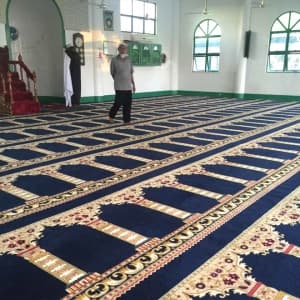
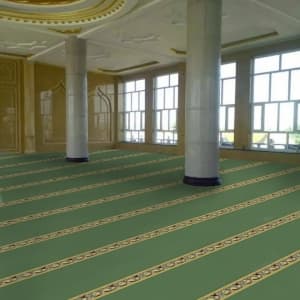
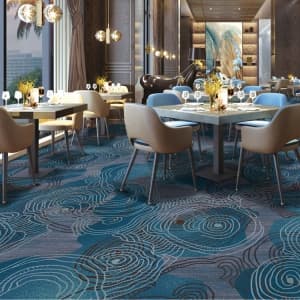
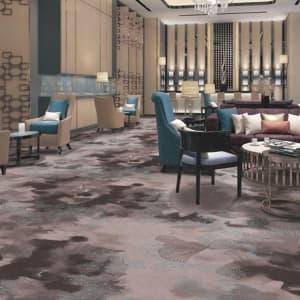
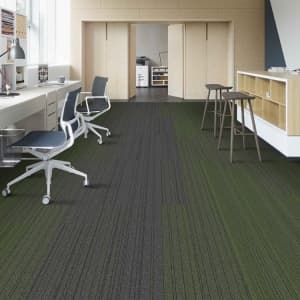
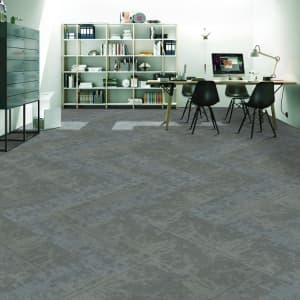
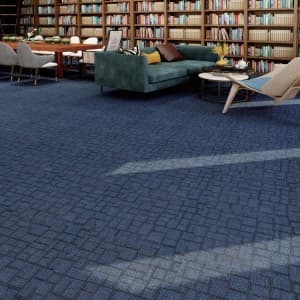

 Tel
Tel
 Email
Email
 Address
Address






